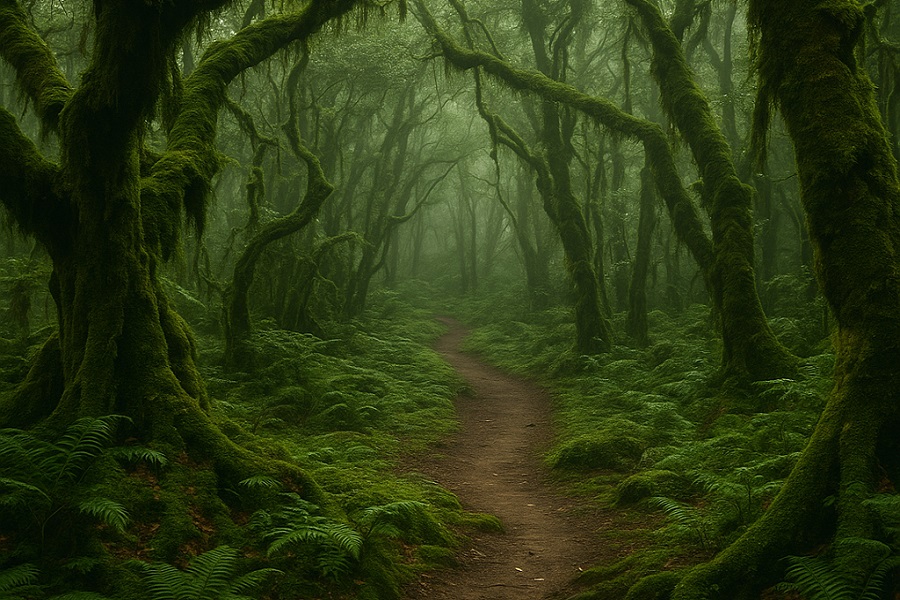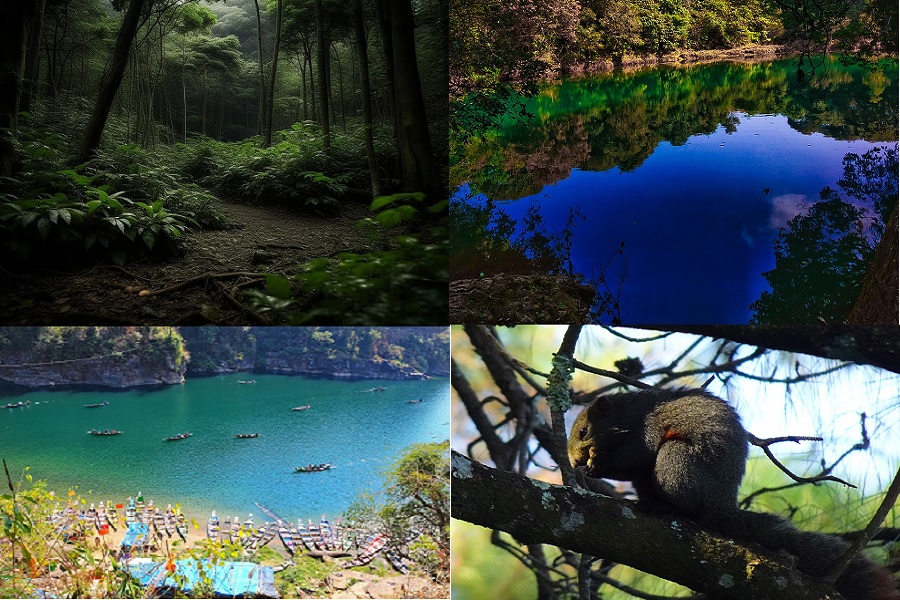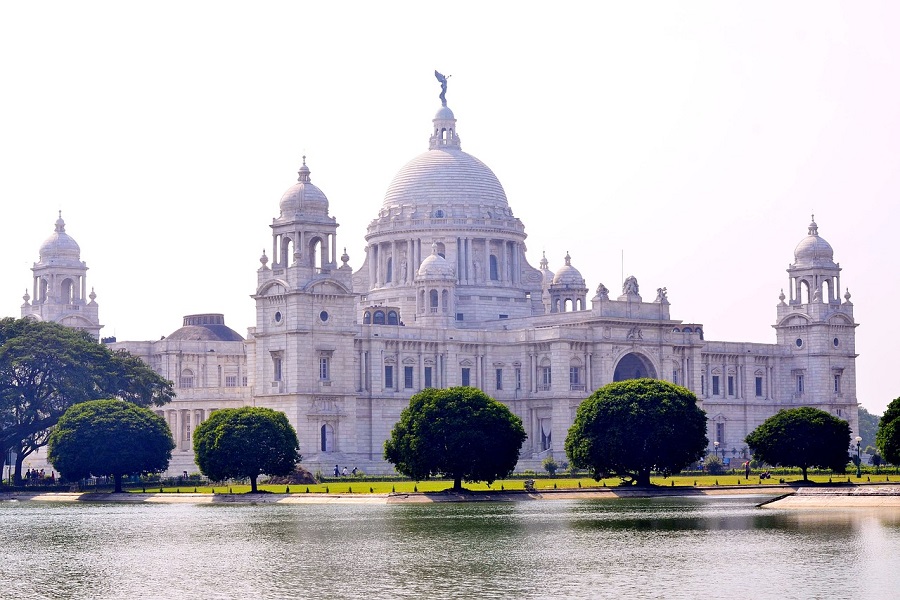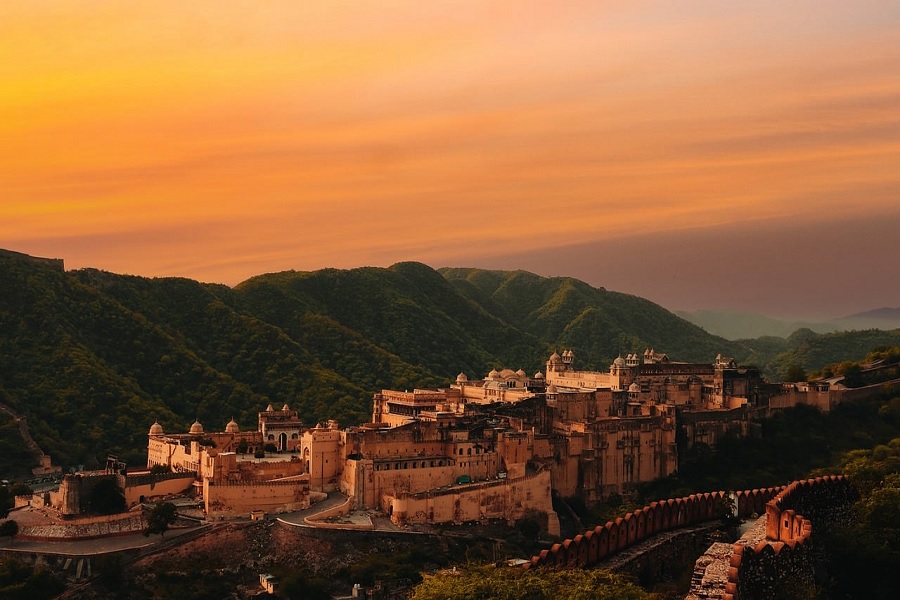Sacred Forests: Where Spirituality Meets Ecology in India’s Ancient Groves

India, a land steeped in mysticism and diversity, is home not only to grand temples and vast cultural landscapes but also to some of the world’s most enchanting ecological sanctuaries — sacred forests. Known as sacred groves, these biodiverse patches of forest are protected by indigenous beliefs, oral traditions, and ancient customs that date back centuries. They are living temples, revered by communities and fiercely preserved as spiritual ecosystems.
One of the most iconic examples is the Mawphlang Sacred Grove in Meghalaya. Nestled in the East Khasi Hills, just an hour’s drive from Shillong, this 78-hectare forest stands as a striking example of how nature and spirituality co-exist in harmony. Local Khasi tribes believe the grove is inhabited by deities, and any form of extraction — even removing a leaf or twig — is strictly forbidden. The result? A pristine ecosystem untouched by modern exploitation, teeming with rare medicinal plants, orchids, butterflies, and ancient trees draped in velvety moss.
Walking through Mawphlang is like entering a mythical realm. Massive stones serve as ancient altars, some dating back hundreds of years, where rituals were once performed to appease forest spirits. The silence is powerful, broken only by the chirping of cicadas or a rustle of leaves underfoot — a gentle reminder that you are a guest in nature’s temple.
But Mawphlang is just one of many. Across India, over 13,000 sacred groves have been documented — each carrying its own story, species, and spiritual significance. In the Western Ghats, the Devrais of Maharashtra are revered by tribal communities and act as genetic reservoirs of indigenous flora. In Tamil Nadu, the Kavus are home to snakes, birds, and small mammals, protected by folk deities and annual rituals.
These sacred forests are not only spiritual sites but ecological lifelines. They serve as carbon sinks, regulate water cycles, prevent soil erosion, and offer sanctuary to many endangered species. What’s remarkable is that this conservation is achieved without fences or formal laws — it is enforced by belief, respect, and cultural continuity.
In an age of rampant deforestation and climate anxiety, sacred groves stand as timeless examples of how traditional wisdom can champion modern ecological goals. Visiting these groves offers more than a tourist experience; it provides a profound connection to a community’s soul and a planet’s heartbeat.
Whether you’re a spiritual seeker, a nature enthusiast, or an eco-conscious traveler, exploring India’s sacred forests is a journey into the country’s deepest roots — where every tree tells a story and every path leads to preservation.




.jpg)
















